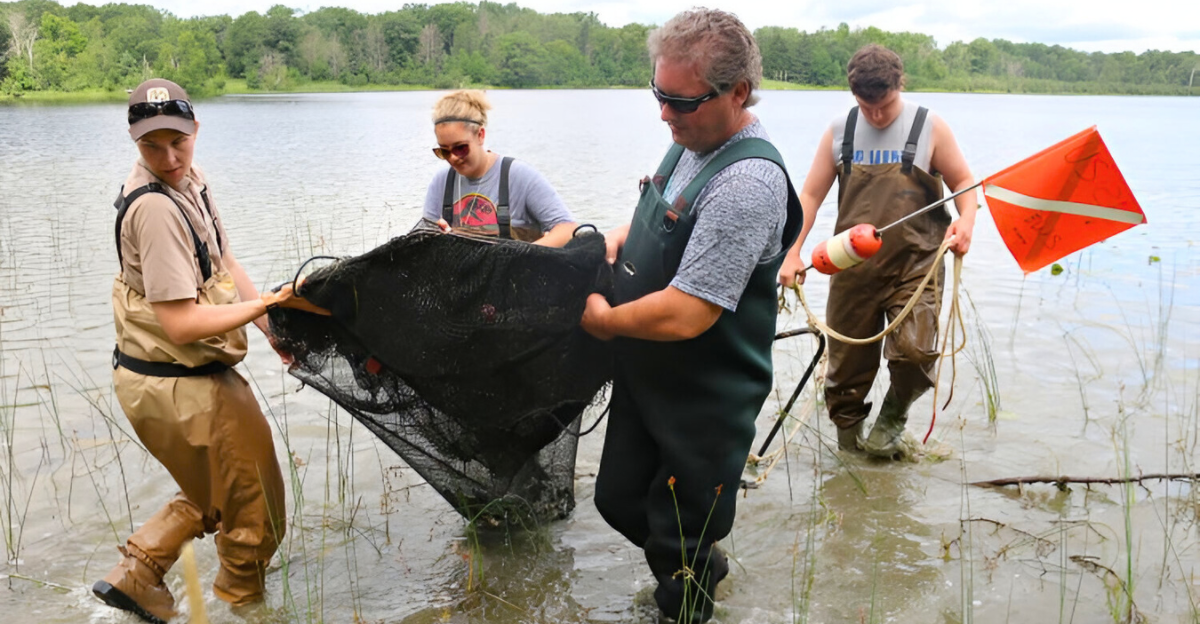
Deep down in Indonesia’s emerald Cyclops Mountains, something has awoken. For decades, it had been considered extinct—a remnant of prehistoric biology, relegated to the cupboards of creaky museums and the footnotes of scientific articles.
But suppose that it wasn’t extinct after all. Suppose that this mysterious beast has simply been keeping a low profile within one of the world’s least-known rainforests. Well, as it turns out, it might have done just that.
The Stuff of Legends
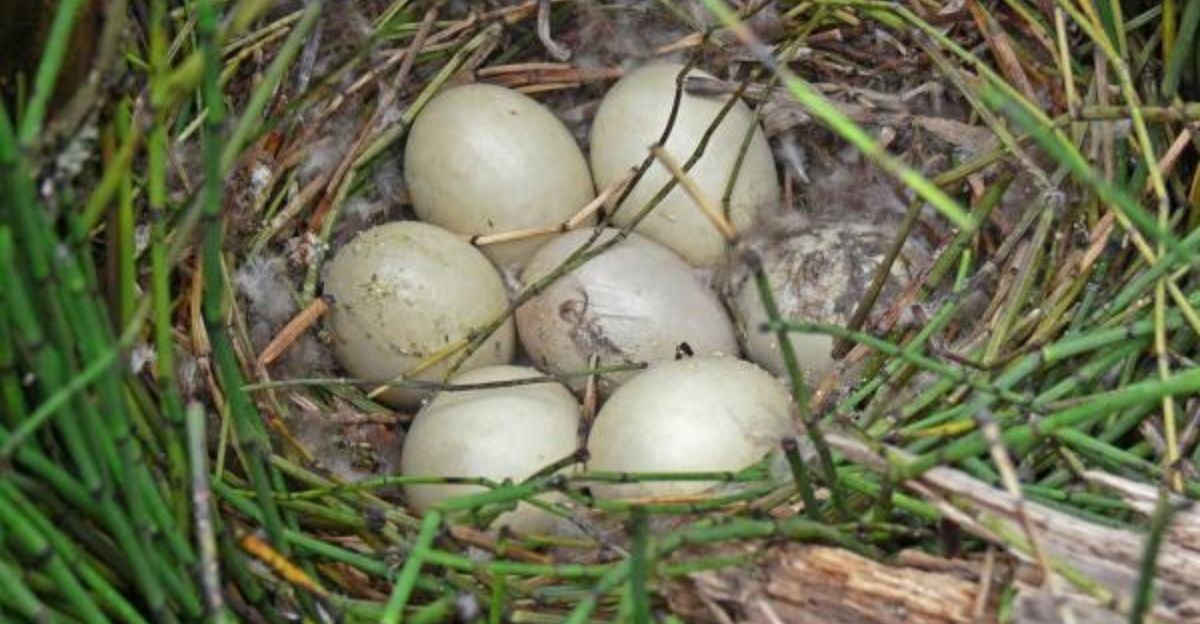
Consider a mammal so bizarre that it lays eggs, lives out of sight in the dark, and hasn’t been seen alive for more than 60 years. It sounds like a legend from a dusty old biology textbook, but this very real one has plagued scientists for centuries.
A strange combination of ancient myth and modern enigma, the creature has been an urban legend among ecologists—until now.
The Mountain of Secrets

Indonesia’s Cyclops Mountains are no ordinary hills. Rising far above the others, these rainforests are almost impassable, veiled in cloud and patrolled by beasts so heinous that the world outside has yet to even hear of them.
The local villages have long whispered about strange creatures inside, but the inhospitality of the terrain kept most scientists at bay—until a team of persistent researchers pushed on into their midst to find out more.
A Sinister Clue in the Ground
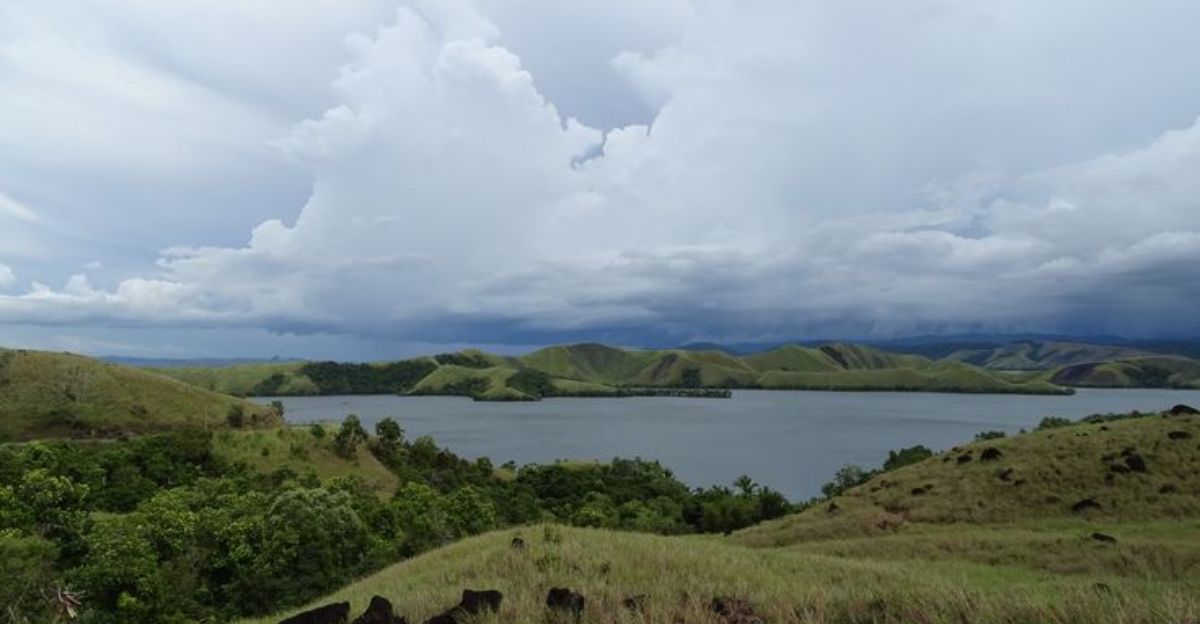
In 2007, in the Cyclops Mountains, a team exploring the region noticed something peculiar: small, sharp dents in the earth, as if they were pokes from a small nose. Locals recognized them immediately—”nose pokes” meant an echidna had been digging underground.
But the species that were reported to have created them? None existed. The sighting surprised researchers, but nothing could be verified—yet.
Dead, or Just Hiding?
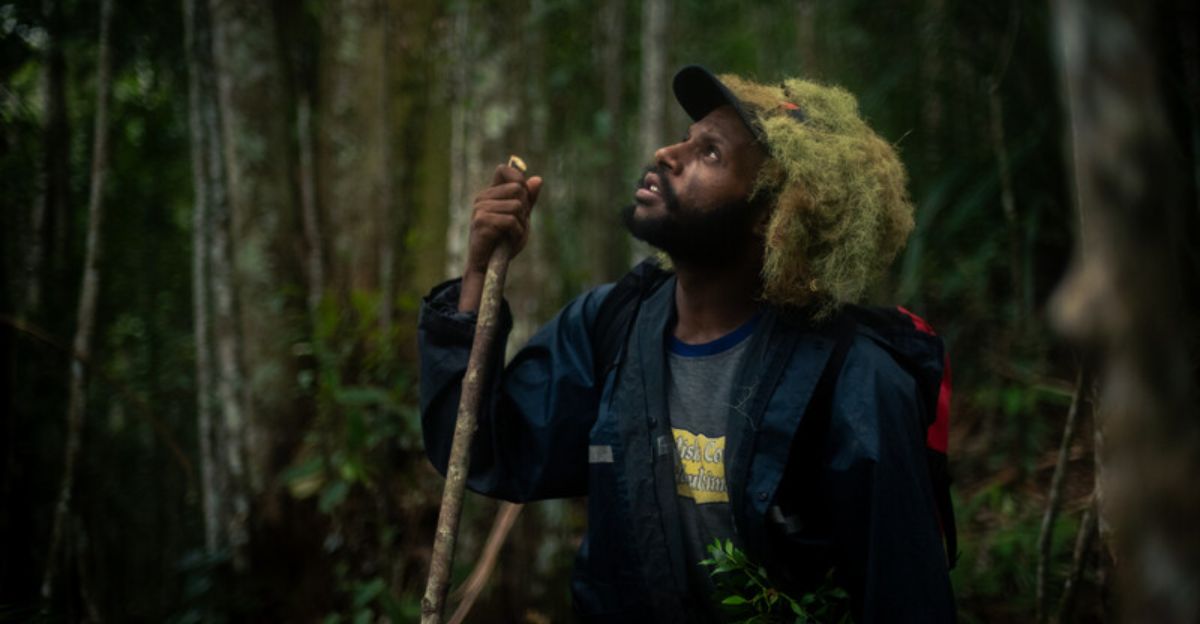
The last physical specimen of this species was found dead more than 60 years ago. No one had seen one alive in generations. But whispers filtered in from native villages that claimed the beast still existed.
Were these eyewitness accounts anything more than a myth? Scientists started to wonder if maybe this so-called “extinct” creature was just good at evading us.
A Name Worth Noticing

This is not an ordinary animal species. It’s Zaglossus attenboroughi—named in honor of none other than Sir David Attenborough, the great British naturalist.
It’s an evolutionary living capsule, one of just five surviving monotremes on the planet—egg-laying mammals with a 200-million-year lineage. It would be nothing more than a biological wonder if it were alive today.
Science Meets Indigenous Wisdom

Between 2017 and 2018, scientists believed that they needed to shift strategies. Instead of relying solely on technology, they asked the people who knew the mountains better than anyone.
By allowing indigenous communities to undertake participatory mapping and conducting interviews, they began piecing together a picture of where the echidna might still live. The result? A constantly growing hoard of evidence that could not be dismissed.
A High-Tech Hunt Begins
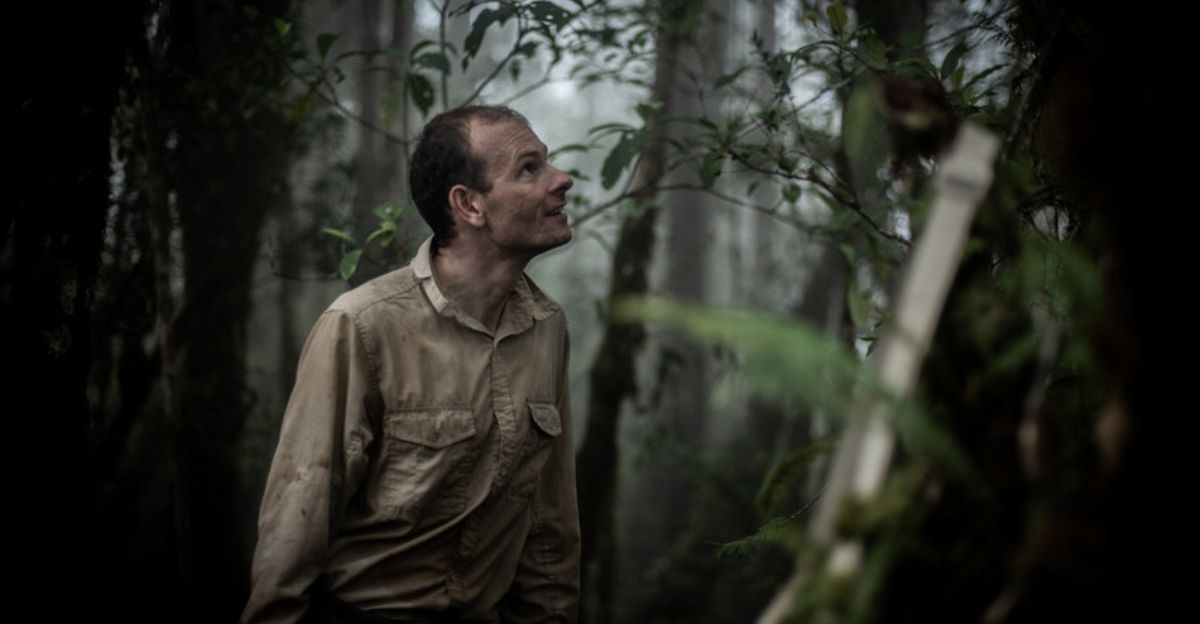
Equipped with cameras and information, researchers embarked on an expedition in partnership with Oxford University into the heart of the Cyclops in 2022 and 2023.
They placed camera traps in the ground and waited—hopefully. They weren’t ordinary wildlife cameras. These cameras could take pictures in the closed, dark rainforest where the echidna could creep past under the veil of night.
Click. Click. Jackpot.
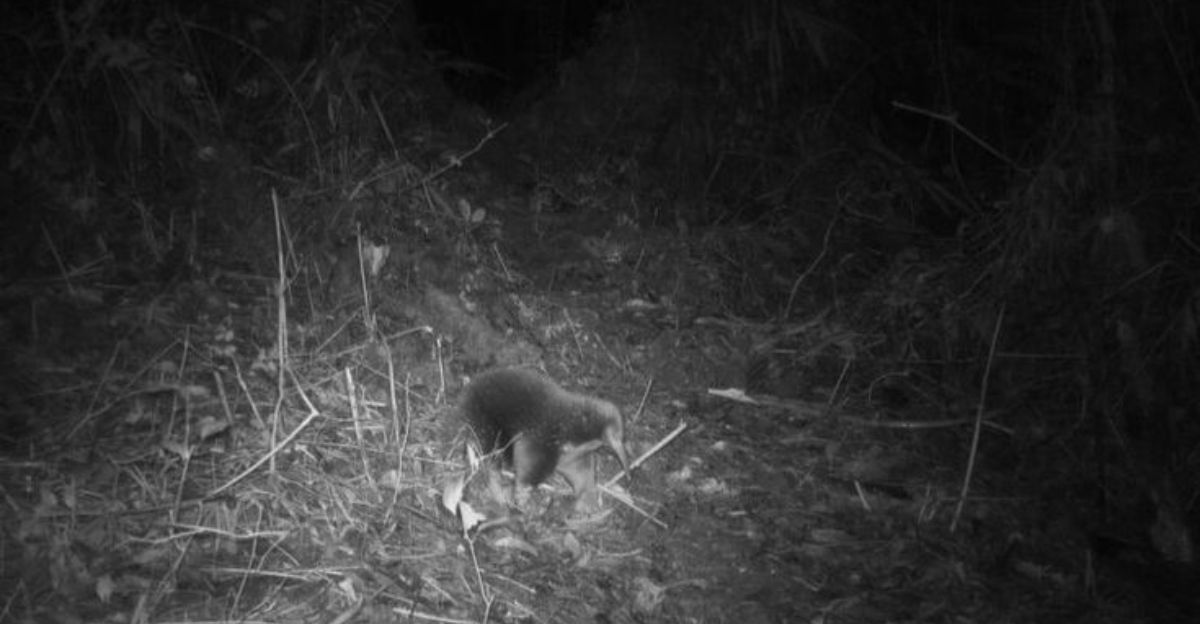
More than 110 photos. Twenty-six solitary events. The cameras weren’t just recording blurs or shadows—they were recording undeniable photographs of Zaglossus attenboroughi.
The lost animal was alive and well. Short, stumpy, bristly, and unmistakable. The photographic evidence published in NPJ Biodiversity was a victory for zoology and proof that the impossible can become reality with curiosity and patience.
Not Just Rare—Ancient
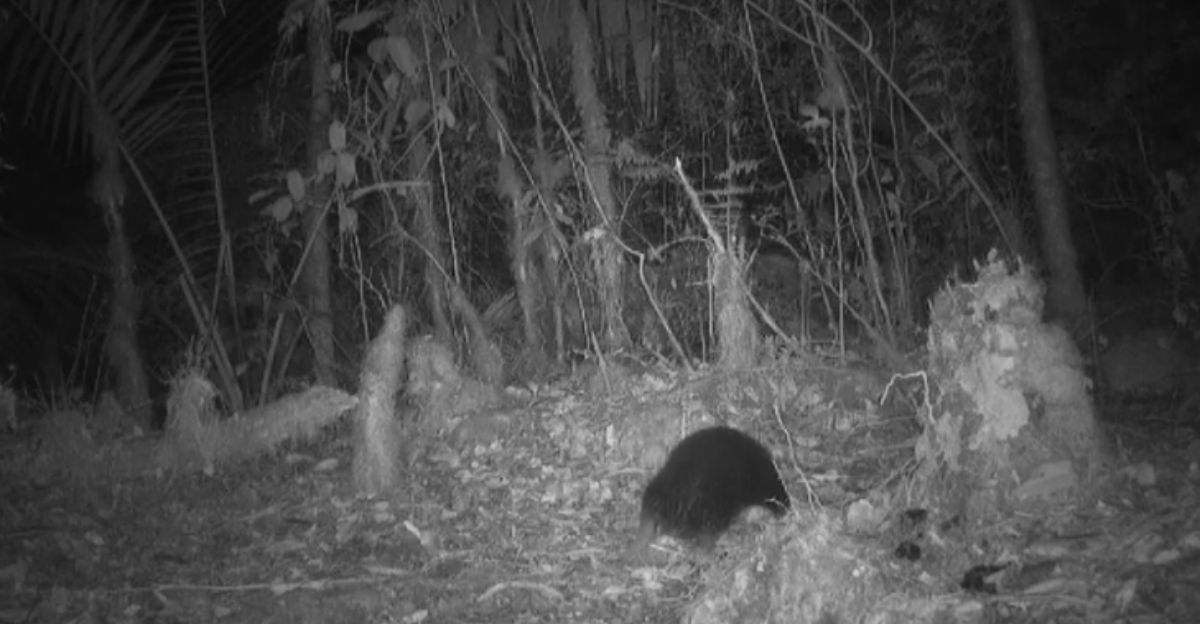
This is not just an unusual mammal. It is a monotreme, with only the platypus and a few other echidnas in its family.
Monotremes are evolutionary remnants, the only survivors of a branch of the mammal family tree that split off from others over 200 million years ago. To catch sight of one alive today is to find a breathing fossil.
Lost, but Not Alone
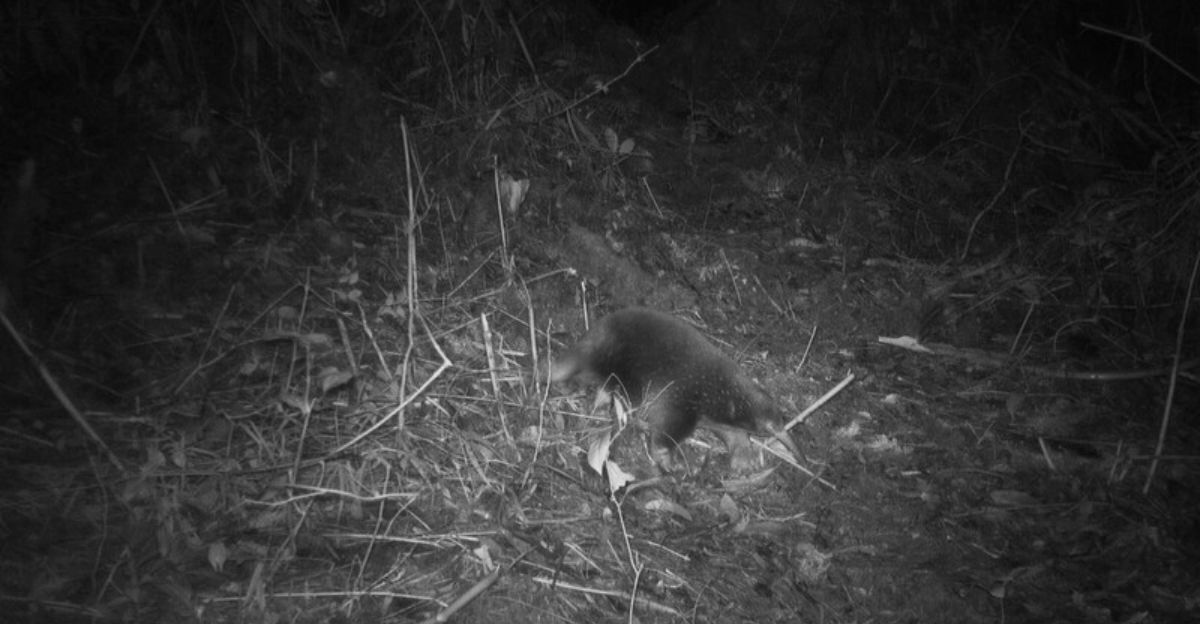
There are over 2,000 “lost species” such as this one on our planet—animals lost to sight but still possibly here. Breakthroughs such as this one are promising not only for the echidna, but for the potential of other species clinging to life in far-flung corners of the world.
A Forest Worth Protecting

The Cyclops Mountains aren’t just home to this mythological echidna. They contain an ecosystem rich in life and species diversity the world has never known elsewhere.
Human encroachment and deforestation loom over such isolated areas, too, and conservation has never been so essential. The return of the echidna is a call to preserve what we have left of the wild.
One Small Animal, One Giant Leap
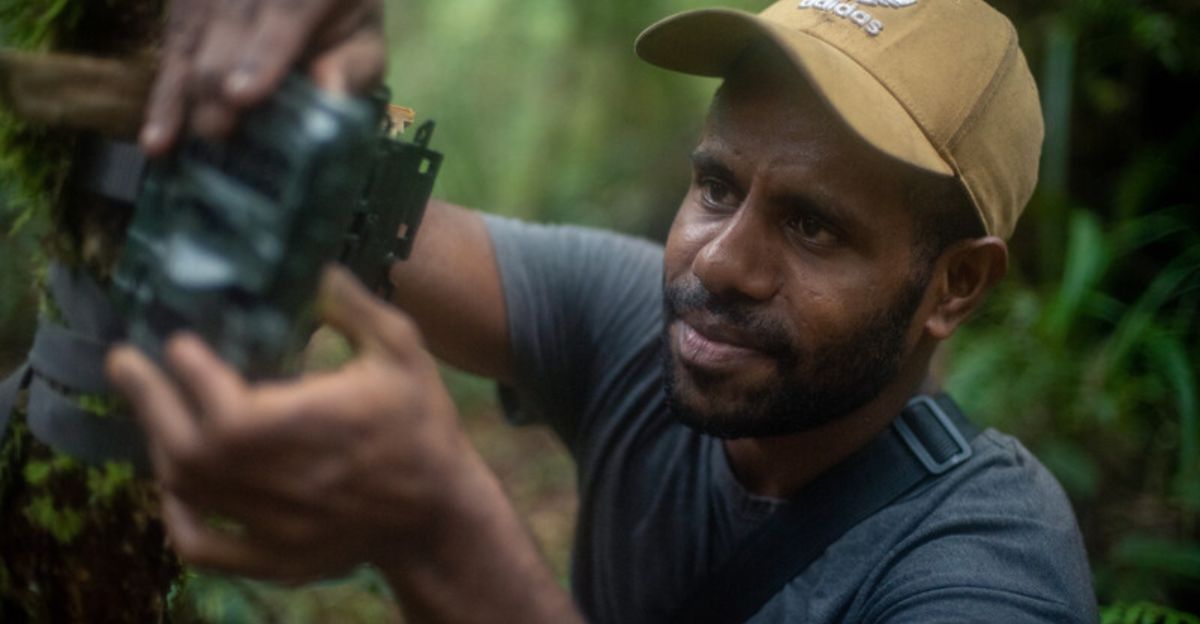
The rediscovery of Zaglossus attenborough is more than a front-page news headline of good news.
It affirms the power of technology and indigenous knowledge being used together, of perseverance in the face of skepticism, and of secrets remaining in places unseen. It’s a reminder that extinction isn’t always the end of the story.
What Else Might Be Out There?
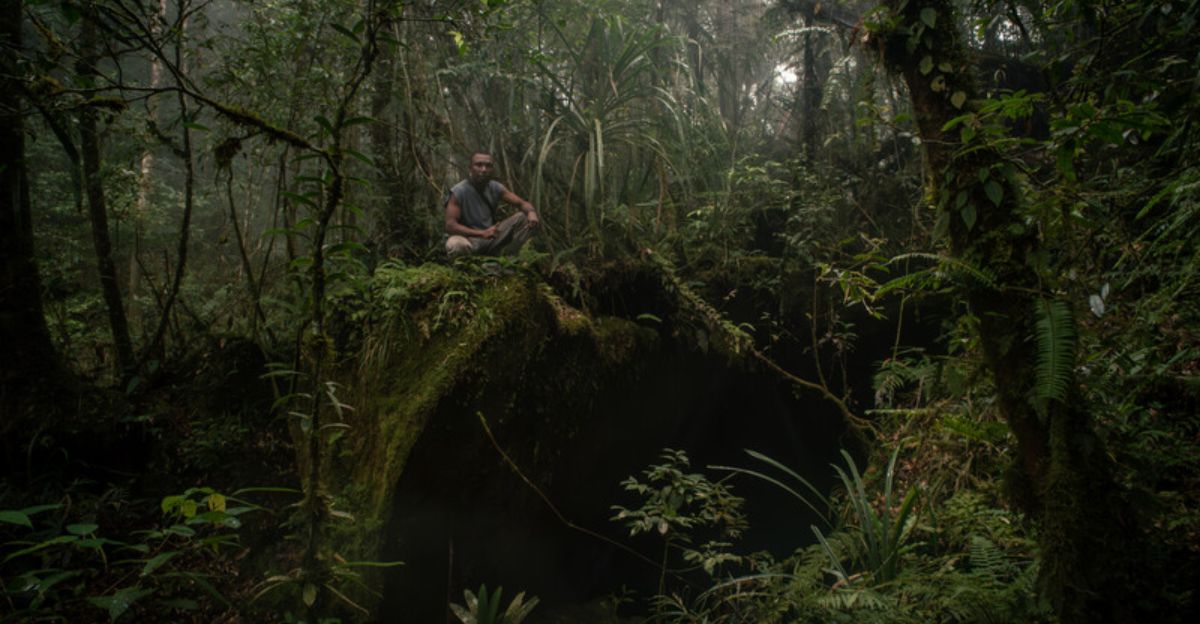
What other creatures—believed to be extinct—are still hiding, waiting to be rediscovered? In the silence of uncharted forests and the blackness of abandoned caves, nature might continue to write chapters we haven’t yet read.
The long-beaked echidna was only one. The next rediscovery? It might be right around the corner.
Explore more of our trending stories and hit Follow to keep them coming to your feed!
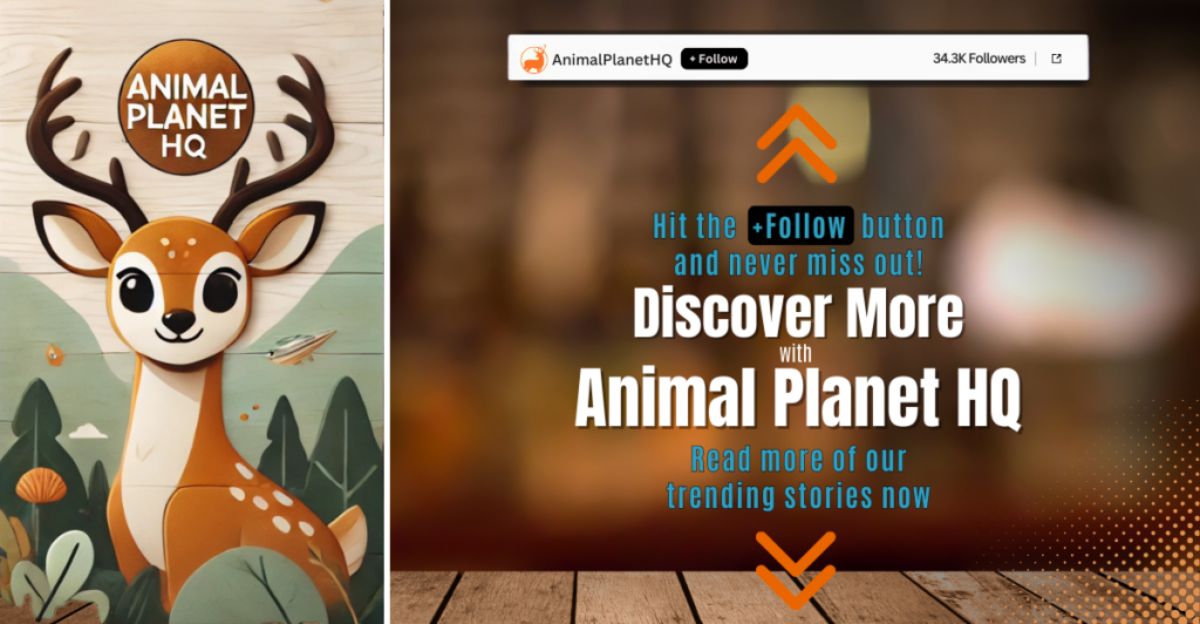
Don’t miss out on more stories like this! Hit the Follow button at the top of this article to stay updated with the latest news. Share your thoughts in the comments—we’d love to hear from you!







